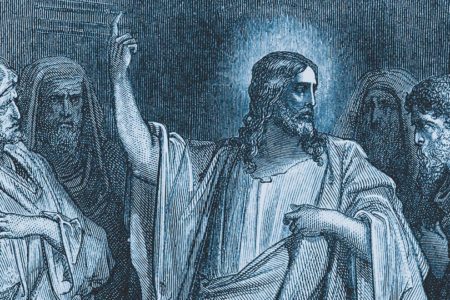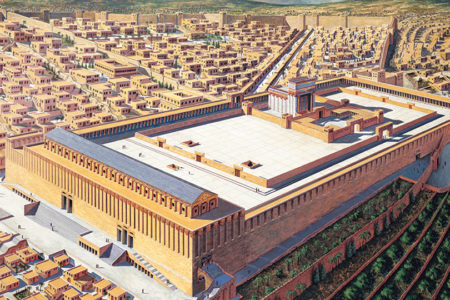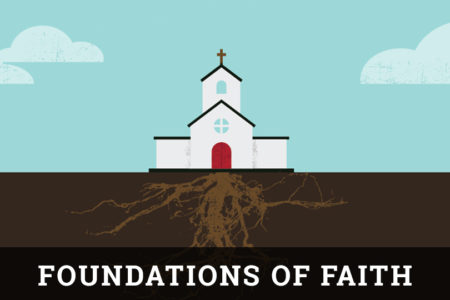Wanting to Be a Somebody
Written in the flyleaf of one of my books are the words, “Great to be a somebody. I’m most grateful for everything. T. G. [Thank God].” A friend of mine wrote those words in 1960. When he wrote that note, Max was indeed a somebody. An immigrant child whose roots were out of the Pale, he had the drive and work ethic that propelled him to the kind of success in business that most people only dream of.
An avid reader, Max bought books—usually about Judaism—and made notations on the end pages about key events in his life. Sometimes the notes were written like prayers to God. His library and recorded history grew.
By the time I met Max, the words he wrote in 1960 had become ancient history. The Max I met was a surviving stroke patient and a pauper, having lost his shoe business and all of the trappings of his success. He had gone from being a somebody to being a nobody. But he did still have the drive and zeal for life that exemplified immigrants or children of immigrants from the Pale.
John Adams, the second President of the United States, said, “The Hebrews have done more to civilize man than any other nation.” He said that even if he were an atheist, he would believe that fate ordained the Jews to be the “most essential instrument for civilizing the nations.” Following are a few examples of immigrants and their children from the Pale who epitomized Adams’ statement and impacted the world.
Irving Berlin: Born the son of a cantor in 1888, Israel Baline came to America from Siberia at the age of four. His name was changed to Irving Berlin, and he grew up in New York, with no musical training. Yet for more than 40 years he brought to the world a style of music that enriched generations. “White Christmas,” “Easter Parade,” and “God Bless America” are but three of the favorites.
Eddie Cantor: Born Isidor Iskowitch, he was raised on the lower east side of New York in extreme poverty. In addition to his accomplishments as a performer, Cantor founded the March of Dimes. He was awarded an honorary doctoral degree in Humane Letters from Temple University, as well as a medal by President Lyndon Johnson for services rendered to his country and the world.
Casimir Funk: Funk came to the United States in 1915 from his native Poland. By that time he had already received a Ph.D. in chemistry. Funk discovered a cure for beriberi. He identified the curative substance as an amine and proposed that it be called vitamine for vital amine. Casimir Funk and his British colleague were able to discern that many physical conditions were caused by a vitamin-deficient diet.
Shmuel Gelbfise (better known as Samuel Goldwyn): Born in Warsaw in 1882, Goldwyn came to America at the age of 13. Starting out as a glove salesman, he worked his way up to become the owner of a glove factory. Goldwyn left that successful enterprise to pioneer a work in moving pictures, and for more than 35 years he made what many regarded as the finest movies. He used his profits, which ran into the millions of dollars, to fund the Samuel Goldwyn Foundation, a charity that assisted philanthropic causes.
Dr. Joseph Goldberger: Migrating from the Pale, Goldberger did extensive research in the study of infectious diseases. His research led to the elimination of pellagra, an intestinal disorder brought about by a niacin deficiency.
Al Jolson: Ase Yoelson was born in Saint Petersburg, Russia, in 1886, the son of a cantor. Coming to the United States at the age of seven altered his family’s plans for him. He had no interest, as had the five previous generations, in singing for the synagogue. His desire was to entertain people. His career on the stage, in vaudeville, on radio, and in the movies propelled him to become one of the most popular singers of his time. (My father still loves him!) When he died in 1950, more than 20,000 mourners attended his funeral.
Anna Rosenberg: Born in Budapest in 1902, Anna came to America in 1912. After serving in labor relations, she became a consultant to mayors, governors, and presidents. She went on to become the first female U.S. Assistant Secretary of Defense, under George Marshall. In addition, she received the Medal of Merit, the first woman to be so honored.
David Sarnoff: Born in 1891 in Russia, Sarnoff was nine years old when he came to the United States. His interest in electronics led him to work as the operator of the telegraph station for John Wanamaker’s department store in New York. On the evening of April 14, 1912, it was Sarnoff who received the distress call of the SS Titanic. He also was the first to hear the names of the survivors. Later Sarnoff became the president of NBC (National Broadcasting Company). Some of the first events he brought into the homes of Americans included major league baseball and football.
Selman Abraham Waksman: Born in Priluka, Russia, in 1888, he immigrated to America in 1910 and became one of the world’s foremost authorities on soil microbiology. Waksman discovered the antibiotic streptomycin, the first effective medicine to control and treat tuberculosis. This discovery earned him the Nobel Prize for medicine in 1953. Defying the stereotype, he signed his rights to the earnings from his discovery over to Rutgers University, where he served as head of the Institute of Microbiology.
These are but a few of the accomplished Jewish immigrants whose roots were in the Pale—perhaps like some of your own acquaintances. Like my friend Max, they had the interest, drive, and zeal it took to become somebodies.
In the days of his financial success, two of Max’s employees shared Jesus, the Messiah and Savior, with him. They kept in contact with him after he became ill and his business failed. By the time I met Max, through these two faithful believers he had trusted Christ and was completely unashamed of his new relationship with Him. Most of his family members thought this change was a result of the stroke, when, in fact, his mind was as sharp as a tack. He always wanted me to visit him to read the Bible or share Christ with a family member. Because of Max, I got to know most of his family and we became good friends. When Max died, his daughter called and offered me any books I might want from his library. He wanted me to have them. I feel privileged to own, not only his old books, but all of the notations in them.
When Max wrote the words in his book in 1960, he thought he was a somebody, when, in truth, he was going nowhere. In old age and death, Max had become a nobody in the eyes of the world. To God, however, he was a SOMEBODY through His Son, Jesus Christ.







